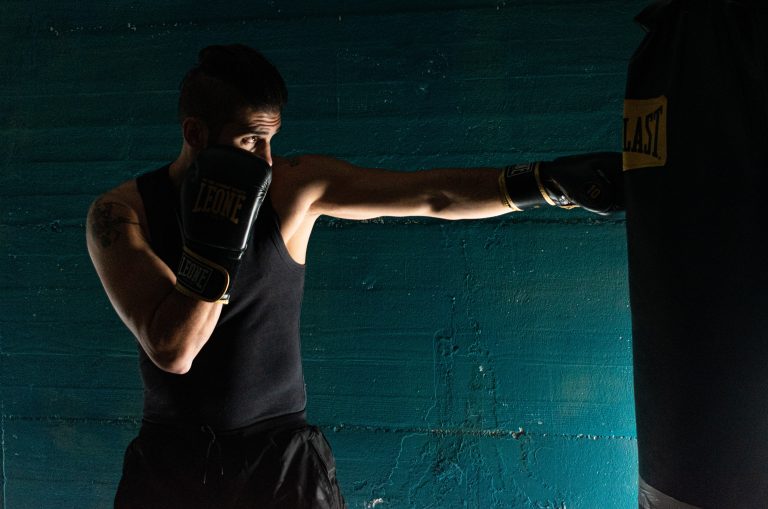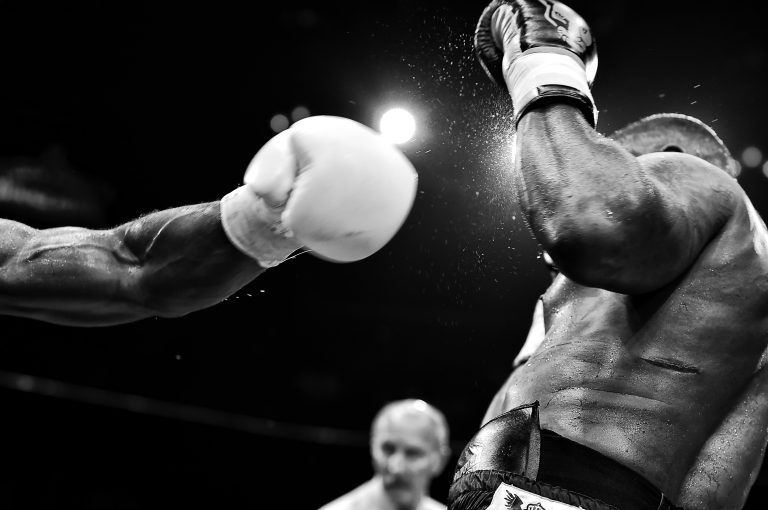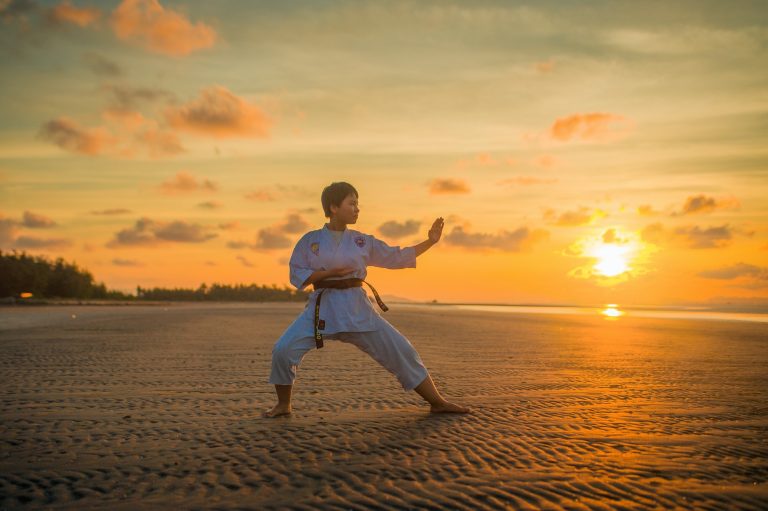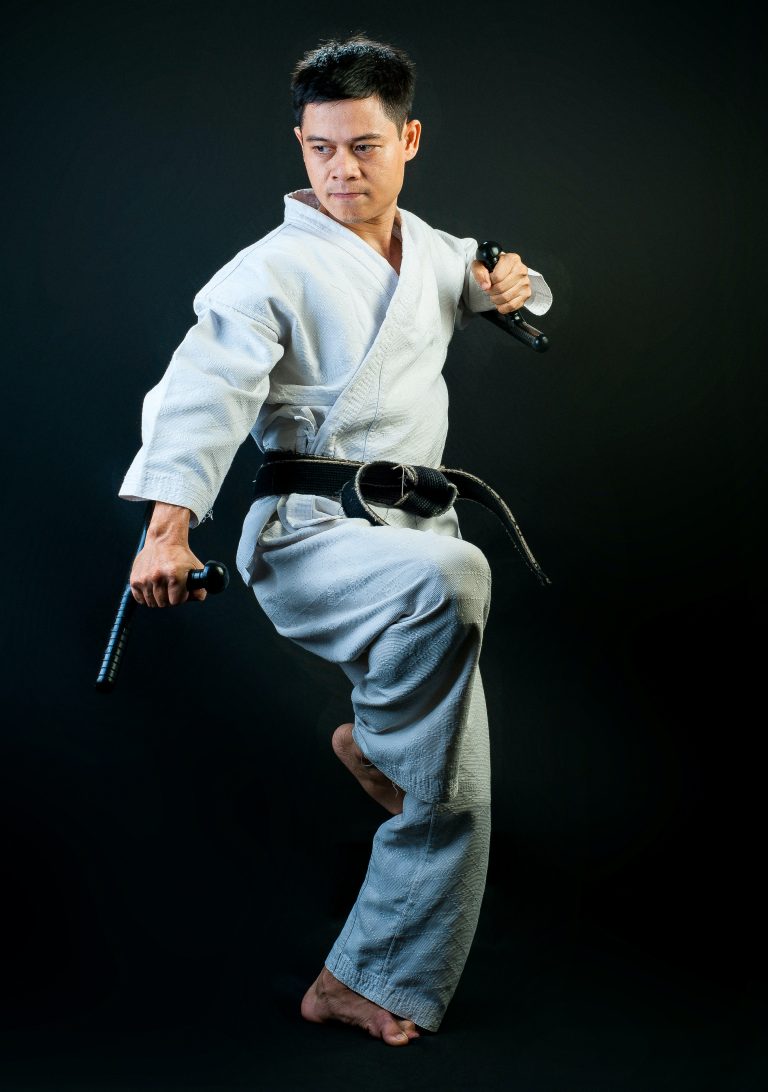What is the History of Karate?
Karate is an ancient martial art form with a long and rich history. Originally developed in Okinawa, Japan, it has taken on many forms over the years and is still a popular sport and physical discipline today. In this blog post, we will take a look at karate’s history and its evolution over time.
The Origins of Karate
Karate is believed to have originated in China and made its way to Okinawa around the 14th century. Around this time, Chinese immigrants were travelling to Okinawa and they brought with them martial arts techniques, such as the forms of Chinese boxing known as te and pao chiao. Over the years, these techniques were blended with what was already practiced in Okinawa – unarmed combat known as te and bo – to create the martial art of karate.
The Spread of Karate
Karate began to spread throughout Japan in the late 19th and early 20th centuries. During this period, many Okinawan karate experts relocated to mainland Japan to teach their art. This included Gichen Funakoshi, who became a prominent figure in furthering the popularity and advancement of karate. In 1922, Funakoshi gave a demonstration of karate at the Kodokan, the national institute for martial arts skills in Japan. This demonstration was a major event in the spread of karate throughout Japan and eventually around the world.
Development of Different Styles
In the early days of karate, there were two main styles: Shuri-te, which was a soft style characterized by fluid movements; and Naha-te, which was a hard style characterized by powerful blocking techniques. Later, still other styles emerged. These included Tomari-te, a style that focused on training with weapons such as short sticks; Goju Ryu, which was based on the Chinese Chinese boxing traditions; and Shotokan, which was developed by Gichen Funakoshi.
The Modern Sport
In the mid-20th century, karate began to evolve into a modern sport. In 1950, the All Japan Karate Federation (AJKF) was established and karate began to spread around the world. Today, there are numerous international karate organizations, such as the World Karate Federation (WKF) and the International Traditional Karate Federation (ITKF).
Karate is considered an Olympic sport by the International Olympic Committee (IOC) and is part of the 2020 Tokyo Olympics program. In Olympic karate, competitors aim for a perfect score to win a gold medal. The Olympic karate competition will feature kumite (sparring) and kata (forms or patterns). Closed tournaments are also held around the world in which competitors compete for titles in various disciplines, such as team events and individual fighting.
Conclusion
Karate is an ancient martial art form that has undergone many changes over time, but remains an important part of physical culture today. From its origins in Okinawa and spread throughout Japan in the early 20th century to its formal recognition as an Olympic sport today, karate has proven to be one of the most enduring and popular martial art forms in existence. Whether you’re interested in developing your physical skills or competing at an Olympic level, karate can offer something for everyone.
References:
– International Olympic Committee. “Karaté.” Accessed November 14, 2020. https://www.olympic.org/karate
– International Traditional Karate Federation. “History.” Accessed November 14, 2020. https://kara-itkf.org/history/
– World Karate Federation. “History.” Accessed November 14, 2020. https://www.worldkarate.net/about/history
– California State University Long Beach. “History of Karate.” Accessed November 14, 2020. https://web.csulb.edu/~roys/karatehistory/historyofkarate1.html
What is the History of Karate?
Karate is a martial art that originated in Okinawa, Japan, during the Ryukyu Kingdom (1392-1879). It is a discipline that utilizes hand strikes, kicks, and blocks to defeat an opponent. In this blog post, we’ll be answering some of the most frequently asked questions about the history of Karate.
What is the Origin of Karate?
Karate originated in Okinawa, a small island located south of Japan. The island was under the rule of China for many centuries, during which Okinawans were not allowed to use weapons. This led to the development of a new form of self-defence called ‚Tode,‘ which used only the bare hands and feet. Tode was later renamed to Karate, which means ‚empty hand,‘ to reflect its non-weapon-based nature.
Who is the Father of Modern Karate?
Gichin Funakoshi is considered the father of modern Karate. In 1922, he introduced Karate to Japan through a demonstration at the Tokyo Teachers‘ College. He went on to establish the first Karate school in Japan, which eventually led to the formation of the Japan Karate Association (JKA).
What is the Difference between Karate and Taekwondo?
Karate and Taekwondo are both martial arts that originated in Asia, but they have some key differences. Karate is a more balanced martial art involving both hand and foot techniques. It involves concentration, balance, speed, and power that come from a variety of kicking techniques. On the other hand, Taekwondo is a more aggressive martial art that is more focused on kicks than hand strikes.
What is the Difference between Karate and Kung Fu?
Karate and Kung Fu are two different martial arts with different techniques and philosophies. Kung Fu is a Chinese martial art that focuses on animal mimicry, where the practitioner imitates the movements of animals for self-defence. Karate, on the other hand, is a Japanese martial art that focuses on strikes, kicks, and blocks. Both martial arts also differ in their training methods, forms, and philosophies.
What is the Importance of Kata in Karate?
Kata is a Japanese word that means ‚form‘ in English. It refers to a set of pre-arranged movements that simulate combat situations. Kata is an essential part of Karate training as it helps in developing correct body posture, breathing, and concentration. It also helps in the development of muscle memory, which is crucial for effective self-defence.
What are the Belts in Karate?
Karate practitioners have a belt system that signifies their level of experience and skill. The belt system starts with white, followed by yellow, orange, green, blue, brown, and black. After black belt, there are further dan degrees, which indicates the level of mastery in Karate.
What is the Importance of Discipline in Karate?
Karate emphasizes discipline as an essential aspect of training. It teaches students to focus their minds, develop physical endurance, and stay patient. Through regular practice and training, Karate students learn to cultivate a disciplined attitude that helps in all aspects of their lives.
Conclusion
Karate is a martial art that has a rich history and philosophy. It emphasizes discipline, respect, and self-control. The art has evolved over the centuries, but it still retains the core values of honour, respect, and self-defence. Understanding its roots and philosophy is essential for embracing its teachings and becoming a proficient Karateka.
Inhaltsverzeichnis





